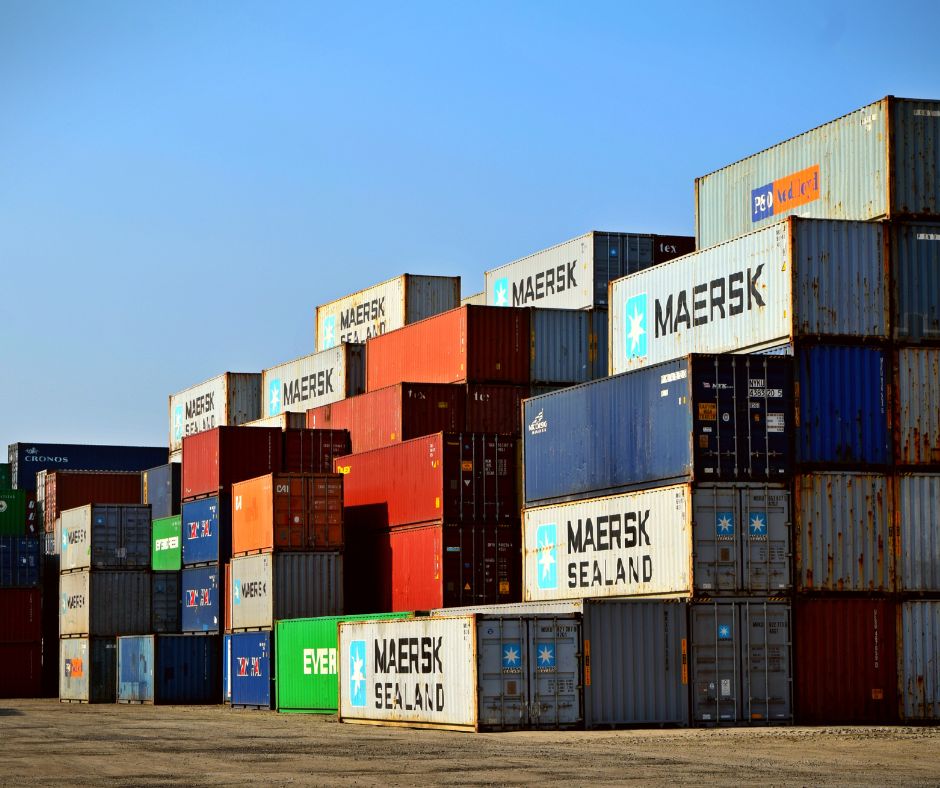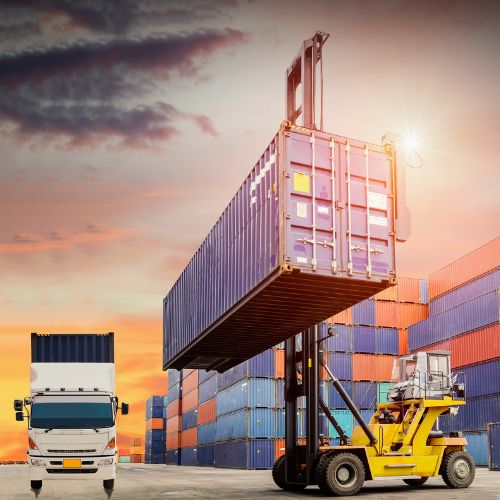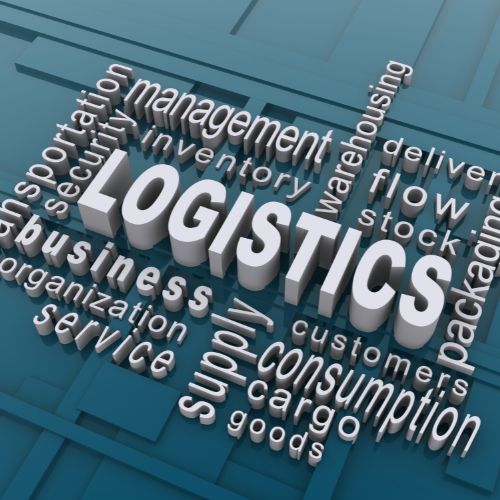A freight logistics Company is an organisation that designs, controls, and manages the supply chain of another company. The freight logistics company can operate during supply procurement, storage, transportation, order fulfilment, and distribution, depending on the commercial agreement between the two parties.
Logistics encompasses a diverse set of responsibilities and functions. The key functions of a logistics company are as follows.
Order Fulfillment
Order processing is critical for a freight logistics company. The logistics activities begin with order processing, which may be handled by the commercial department of the freight logistics company. The commercial division ensures that the amount and delivery terms are satisfied before processing the order within the organisation. A freight logistics company follows the steps below to process orders:
For order processing, a freight logistics firm follows the steps below:
- Examining the order for any deviations from the terms that were agreed upon or negotiated
- Payment methods, prices, and shipping dates are all available.
- Inquiring about the availability of materials in stock.
- Production and planning are critical in the event of a deficiency.
- Recognizing the order and pointing out any deviations
Materials Handling
Material handling refers to the process of transferring goods in and around a warehouse. It entails managing inventory in such a way that the warehouse can fill orders quickly and accurately. Even though it appears to be a routine task, it is critical and must be completed regularly.
Moving one of the 50 items around in a small shop with 50items is easy and straightforward. If this small shop is unsure where the items are kept, the shopkeeper will have to look for the item each time an order is obtained. He has 100 products in stock, so he’ll have to go through them all to find the one the customer requested before moving the others. Multiply the preceding scenario by a factor of a hundred. Large corporations’ warehouses can be up to a half-mile long. Consider the amount of inventory in the warehouse. If the warehouse manager is unaware of where the materials are stored or how they will be transported to the warehouse’s dispatch centre,
He’ll be in a lot of trouble. As a result, his productivity and efficiency will suffer significantly. As a result, the materials managing process is essential.
Warehousing
Take, for example, companies LG or Samsung, which are long-lasting consumer brands with a global presence. While their products are made in a single location, they are distributed globally. As a result, warehousing has a large effect and is an essential Logistics activity.
It is critical to note that the warehouse must be located near the retailer or distributor to deliver goods quickly. If a branded item takes a week to arrive, it may not sell as well as a competing unbranded item that arrives in two days. As a result, it makes sense for the branded company to establish a more convenient warehouse to provide the products as quickly as possible. The first step for a brand in a new territory is to lease a new warehouse, which allows it to be closer to the region and end customers
This is a common occurrence. Logistics centres are strategically placed to avoid overburdening the main warehouse (large warehouses that stock the majority of products). By becoming interdependent, these warehouses can relieve delivery pressure by ensuring that goods are delivered to customers even when demand is high or production is low.
Inventory Control
One of the most important functions of a freight logistics company is inventory management. Inventory management is all about keeping enough inventory on hand to meet client demands while keeping carrying costs to a minimum. It’s essentially a balancing act between providing excellent customer service and avoiding market share loss at any cost.
If a company has 100 units on hand but only needs 10 to meet demand, it has wasted money by purchasing 90 of the products. A different company ordered 500 units, but only produced 200 because they expected lower demand. As a result, they’ve lost sales and missed out on opportunities.
Transportation
Inventory management software is used by freight logistics companies to ensure efficient inventory management. Thanks to this type of software, it is now possible to solve routine issues such as determining the number of items remaining in a warehouse without conducting a physical inspection. Each inventory operation must be recorded to optimise the time and precision of the inventory operations, thereby increasing space, optimising, and reducing costs.
Transportation is one of the most important activities carried out by a freight logistics company, as well as one of the most resource-intensive and revenue-generating logistics segments. Transportation is costly for one reason: fuel. Fuel, whether gasoline, diesel, or natural gas, is an expensive resource that is primarily used in transportation. It is the freight logistics company’s responsibility to obtain LTL or FTL as needed for the order shipment.
This is why companies spend tens of thousands of dollars each year to control transportation costs, as it is a significant source of variability for any business. Transportation includes the physical delivery of products from the manufacturer to the distributor or dealer, and then from the dealer to the final customer.
Packaging
In supermarkets and hypermarkets, there are two types of packaging: one that customers see on a shelf and are drawn to because it appears appealing, prompting the customer to purchase the packages. The second type of packaging is transport packaging, in which products are packed in bulk to prevent breakage or spillage while still allowing them to safely transport large volumes of product from one location to another.
The freight logistics company is responsible for the product’s cost-effective packaging. End customers may receive damaged goods if necessary precautions are not taken, resulting in significant losses for both the freight logistics company and the end client. Packaging may cost 1-2 per cent of the product’s value, but if it is not done correctly during transport, it will cost the company 100 per cent due to damage and loss.
Monitoring
freight logistics companies must keep inventory management, transportation, and warehousing up to date. Each site, for example, requires ongoing information about its current supply status, future commitments, and replenishment capacity.
Similarly, before selecting a carrier, the freight logistics firm must research the availability of various modes of transportation, their costs, and their suitability for services and additional products. Logistics information such as space utilisation, work schedules, order requests, and delivery must be monitored and tracked. Logistics firms contribute to increased efficiency by monitoring services and assessing overall delivery effectiveness.
Conclusion
The process of moving goods throughout a company’s supply chain is known as logistics. However, this process consists of several functions that must be managed properly to improve the effectiveness and efficiency of the organization’s supply chain. It’s a complicated process, but at the end of the day, it all boils down to one thing: the customer experience, which can be easily achieved by lowering costs, improving quality, and speeding up delivery fulfilment. Strategic, data-driven planning can help logistics professionals drive sales and increase commercial profits.







